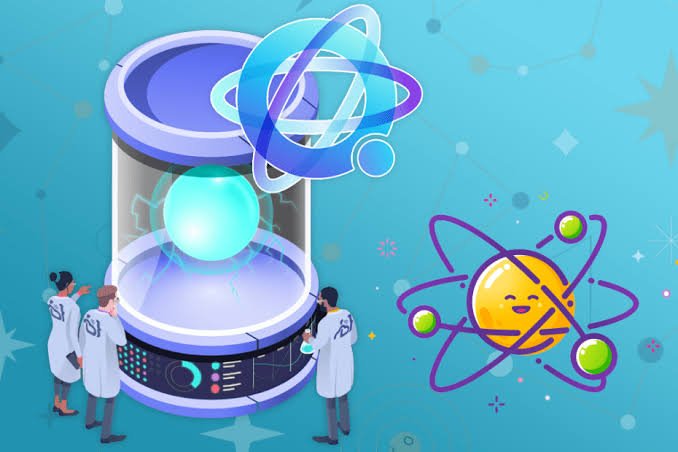High-Bandwidth Memory (HBM): Empowering AI with Unprecedented Performance
Understanding High-Bandwidth Memory (HBM)
High-Bandwidth Memory (HBM) is a type of memory architecture that enables faster data transfer rates between the GPU (Graphics Processing Unit) or other processors and memory chips. Unlike conventional DDR (Double Data Rate) memory, HBM stacks multiple layers of DRAM (Dynamic Random Access Memory) vertically on a single substrate, connected by through-silicon vias (TSVs). This unique design minimizes latency and maximizes data bandwidth, making it ideal for data-intensive tasks like AI, machine learning, and graphics rendering.
In the rapidly evolving landscape of artificial intelligence (AI), the demand for faster data processing and efficient memory solutions has led to the emergence of High-Bandwidth Memory (HBM) as a game-changing technology. HBM offers significant advantages over traditional memory architectures, particularly in meeting the intensive computational requirements of AI applications. Let’s explore what HBM entails and why it is crucial for AI in the real world.

Real-World Implications
AI models, especially deep neural networks used for training and inference, require massive amounts of data to be processed rapidly. HBM’s high bandwidth and low latency enable GPUs to access and manipulate data more quickly, speeding up training times and improving model performance.
HBM facilitates rapid data retrieval and processing, making it indispensable for handling large datasets in real time. This capability is crucial for AI applications in finance, healthcare, and e-commerce, where timely insights drive critical decisions.
HBM’s high bandwidth is also leveraged in graphics processing for gaming, virtual reality, and simulation applications. It enables smoother frame rates, higher resolutions, and more realistic visual effects, enhancing user experiences.
As AI expands to edge devices and IoT (Internet of Things) platforms, HBM plays a key role in optimizing performance within constrained environments. It enables efficient data processing and analysis at the edge, minimizing reliance on cloud computing and reducing latency.
HBM’s efficiency in data transfer contributes to overall energy savings, particularly in large-scale data centers and high-performance computing clusters. This aspect is critical for sustainable AI deployment.
Despite its advantages, HBM adoption faces challenges related to cost, scalability, and integration with existing systems. However, ongoing research and development efforts are addressing these challenges, with innovations aimed at improving HBM’s affordability, compatibility, and performance.
Looking ahead, the future of AI and high-performance computing will be intricately linked to advancements in memory technologies like HBM. As AI workloads continue to grow in complexity and scale, the need for efficient, high-bandwidth memory solutions will become even more pronounced.
Conclusion
High-Bandwidth Memory (HBM) represents a cornerstone technology in the evolution of AI, enabling faster data processing, improved scalability, and enhanced energy efficiency. Its impact extends across diverse industries, empowering organizations to leverage AI capabilities for innovation, optimization, and competitiveness. As HBM continues to evolve and integrate with next-generation computing architectures, it will play a pivotal role in shaping the future of AI-driven technologies and applications.